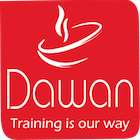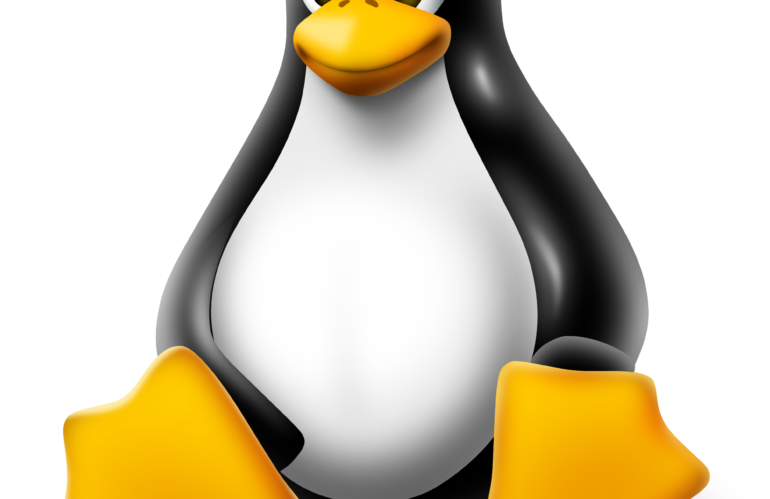Goals
- Take the LPI 102 exam
Program
Subject 105 : Shells, Script and Data Management
Define environment variables (e.g. PATH) when connecting or opening a shell
Write Bash functions for frequently used command sequences
Maintain folder skeletons for new user accounts
Define a search path for the executables
Use the standard sh syntax (loops, tests)
Use command substitution
Test the exit codes provided by a command
Send a conditional email to the superuser
Correctly select the interpreter of a script with the shebang (#!)
Manage the location, owner, execution and suid rights of scripts
Basic use of SQL commands
Perform basic manipulation on the data
Workshop: MCQ to comment on the subject 105
Duration
2 days
Price
£ 1085
Audience
Any IT specialist with basic Linux use
Prerequisites
Basic knowledge of using a PC and a system
Reference
LIN100038-F
Subject 106 : User Interface and the different desktops
Check the compatibility of the video card with an X server
Concept on the X font server
Basic configuration on the X Windows configuration file
LightDM configuration
Stop / Start display manager
Modify display manager
Knowledge of XDM, KDM and GDM
Basic knowledge of keyboard accessibility (AccessX)
Setting of visual themes
Basic knowledge of assistive technologies (ATs)
Workshop: MCQ to comment on the subject 106
Subject 107 : Administrative tasks
Add, modify, delete users and groups
Manage user / group information in databases
Create and manage special accounts (e.g. service accounts, scripts, network access)
Manage at and cron jobs
Configure user access to scheduled cron jobs and at
Configure anacron
Configure local parameters and environment variables
Configure date and time parameters
Workshop: MCQ to comment on the subject 107
Subject 108 : The essential services of the system
Set the system date and time
Set the correct time for the hardware clock in UTC
Configure the time zone
Basic configuration of NTP
Use the pool.ntp.org service
Knowledge of the ntpq command
Configuring the syslog daemon
Understand the warehouses, priorities and standard actions
Configure logrotate
Understand rsyslog and syslog-ng
Create an e-mail alias
Configure an e-mail forwarding
Know the main MTAs (postfix, sendmail, qmail, exim)
Basic CUPS configuration (for local and remote printers)
Manage user print queues
Troubleshoot major issues
Add and delete jobs in print queues
Workshop: MCQ to comment on subject 108
Subject 109 : Fundamentals of network management
Understand network masks and CIDR notation
Know the difference between private and public networks
Know the main TCP and UDP ports
Concepts of UDP, TCP and ICMP
Differences between IPv4 and IPv6
Know the main features of IPv6
Manual and automatic configuration of network interfaces
Basic TCP / IP configuration of hosts
Define a default route
Management of network interfaces from the command line: add, start, stop, restart, delete or reconfigure
View and modify the routing table
Troubleshoot problems associated with network configuration
Request a DNS server
Configure local name resolution and use a DNS server
Change the name resolution order
Workshop: MCQ to comment on the subject 109
Subject 110 : Security
Audit a file system to find files with the suid / sgid bit
Modify user password policies
Use netstat and nmap to scan open ports
Set limits on user connections, and memory and process consumption
Determine them users who have logged in and currently logged in
Basic configuration and use of sudo
Knowledge and operation of Shadow password
Disable unused network services
Understand the role of TCP wrappers
Basic use and configuration of the OpenSSH 2 client
Understand the role of keys with the OpenSSH 2
GnuPG service: use, configuration, revocation
Understand SSH tunnels (especially x11 tunnels)
Workshop: MCQ to comment on the subject 110
Passing the certification (if provided for in the funding)
Sessions
Contact us for more informations about session date

